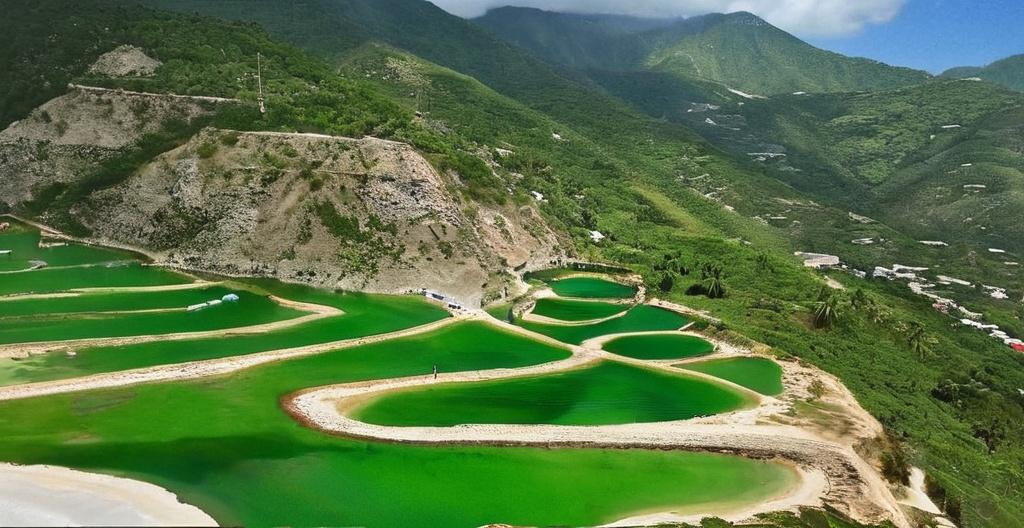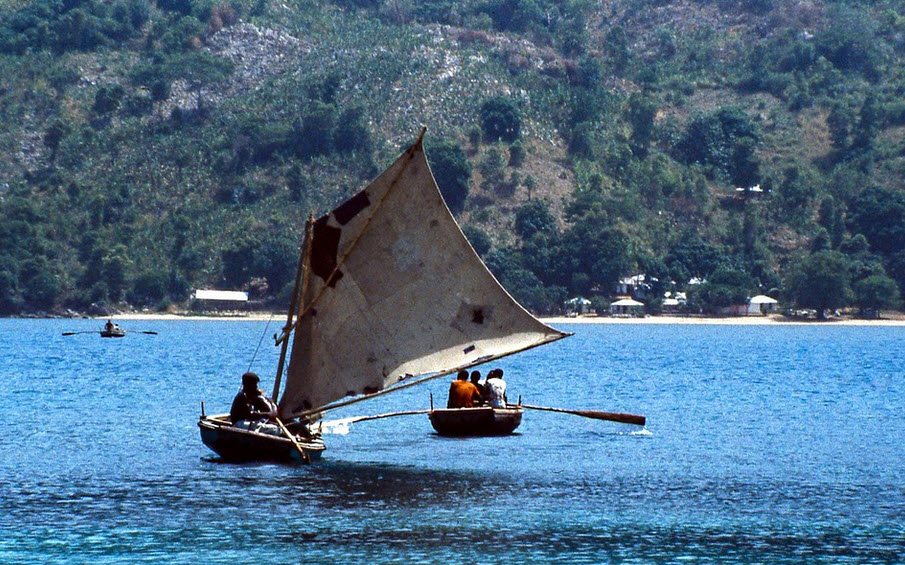Key Take Aways About Surfing in Haiti
- Haiti is an emerging surfing destination with uncrowded spots like Jacmel and Port Salut.
- Best surfing season is November to March; board shorts or swimsuits suffice due to warm weather.
- Cultural experiences enrich surfing trips—enjoy local food, music, and warm communities.
- Accessible via flights to Port-au-Prince; local transport includes tap-taps and car rentals.
- Local surf culture thrives, with new surf schools and rental options, particularly in Jacmel.
- Surf tourism supports the local economy and promotes environmental conservation.

Exploring Surfing in Haiti
Haiti, a gem tucked away in the Caribbean, isn’t usually the first place that pops into anyone’s head when talking about surfing. However, the country has some pretty solid spots that are slowly gaining attention from surfers around the globe. Known for its rich culture and vibrant history, Haiti offers something a bit different for those willing to hit the waves.
Where to Catch the Waves
The northern coast of Haiti, particularly Jacmel and Port Salut areas, tend to draw in surfers looking for less crowded breaks. These spots are not swarming with the usual tourist traffic, which means you may just have the waves to yourself—a rare luxury in many other surfing destinations.
Jacmel, a picturesque town known for its art and cultural festivals, is home to some nice swells, especially from October to March. Local surf schools are popping up, so if you’re new to the sport, this could be a chill place to get started. Port Salut, known for its pristine beaches, also offers surf-worthy waves with a laid-back vibe.
Weather and Timing
The best time to visit Haiti for surfing is during the north swell season, from November to March, when the Atlantic sends over some decent swells. The weather is generally warm year-round, with temperatures peeking in the mid-80s°F. Unlike more famous spots that require full wetsuits, you can get away with just board shorts or a swimsuit.
Cultural Integration
When surfing in Haiti, you’re not just there for the waves. The culture seeps into every experience, from munching on griot, a local fried pork dish, to mingling with the people who are known for their warmth and resilience. You might find yourself in the middle of an impromptu dance-off or a late-night jam session. In Haiti, surfing is just the beginning.
Getting There
Flights to Port-au-Prince, the capital, are frequently available, although not many airlines offer direct connections. From there, local transport is an adventure in itself. Tap-taps, or colorful local buses, are a popular way to travel, though not the most comfortable for long distances. Renting a car gives you more flexibility if you’re planning to explore different surf spots.
Local Insight: A Surfer’s Perspective
According to André, a local surf instructor in Jacmel, the waves may not be huge, but they’re reliable. “They are perfect for learning, and there’s room to improve,” he says with a smile. André started surfing after a friend showed him how to catch a wave, and he’s been hooked ever since. Surfers in Haiti appreciate each other, forming a tight-knit community of shared stories and stoked vibes.
Equipment and Rentals
While not as prevalent as in more established surfing destinations, there are some options for renting surfboards. Most of these rentals are located around Jacmel. It might be worth checking out some of the newer surf shops, which have begun sprouting up to cater to visitors.
The Economic Aspect
Tourism in Haiti often seems overshadowed by its challenges, but surf tourism provides a glimmer of economic relief. Travelers heading to Haiti for surfing not only engage with the waves but also contribute to local businesses, from surf schools to eateries. It’s a chain reaction of support that benefits everyone involved.
Environmental Awareness
Like any surfing spot worth its salt, maintaining Haiti’s natural resources is crucial. Local and international organizations are working to keep the beaches clean and vibrant. This includes educating the community on the importance of conservation and sustainable tourism practices, which means you should leave only footprints in the sand.
Final Thoughts
Surfing in Haiti might not yet be the most famed spot on the map, but it’s got that raw, untamed edge that’s hard to find. Whether you’re carving out your first wave or you’re a seasoned pro, surfing in Haiti is as much about the experience as it is about the sport itself. It invites you to not just ride the waves but also to immerse yourself in the country’s unique cultural rhythm.
